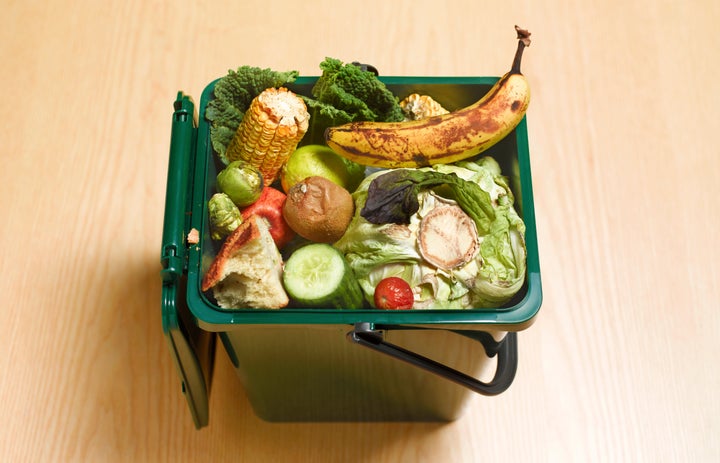
By Julia Benedict
Picture an idyllic family-run peach farm in rural Connecticut. There are rows upon rows stretching for acres with luscious and zingy Red Garnets, Washingtons, or Raritan Roses. I spent the summer after graduating from high school in the late '90s there, pruning, picking, and selling the fruit. People came from all over to pick their own or drive up to the small wooden hut where we sold any of our forty-two varieties of juicy peaches and sweet local blueberries next to homemade jams and our sticky honey. It was hard work, made harder by people's perception of the perfect peach. As much as we explained to customers that we only picked when the fruit was ripe, they would still frown on the occasional blemish or split pit.
Now, take a stroll through your local supermarket. What do you see but towers of oranges, bananas, broccoli -- a cornucopia of fresh produce. The supermarkets are never supposed to look depleted. Having shelves consistently fully stocked with flawless, standardized produce means there is an unnecessary amount of waste piling up outside our markets and in our fields, as farmers overproduce to keep up with the demand for the perfect produce. Even if I wanted to buy all these fruits and vegetables, workers in the markets would be restocking the shelves as I walked out the door.
It's no secret that we're a wasteful nation. According to Dana Gunders, in her paper for the National Resources Defense Council, 40 percent of food produced in America is thrown away.
Every step along the way in food production some food slips through the cracks and ends up in a landfill, through harvesting, transport, at the market and in the home. But a significant amount of the food that is grown never even makes it to the supermarket. Some of this waste is due to environmental factors and the risks involved with farming, other waste comes from a lack of labor to harvest or transport the produce. However, much of the waste can be attributed to culling the goods in order to meet high government-issued industry standards of size, color, weight, blemish level, and Brix (the measure for sugar content).
We can't only blame the government standards. As we get used to identical green beans and bruise-free apples, we become less involved with the realness of our food. It's hard for me to believe that a marginally undersized parsnip wouldn't be as delicious as the ones that are allowed into the supermarket. When I buy produce I mostly look for those in season and ripeness. Knowing that marks and spots can happen naturally reminds me that food was grown and not created in a lab. If I get it home and it looks slightly more offensive, I cut that bit out and move on.
Numerous studies have examined the adage that promises "we eat with our eyes," and as a sizeable portion of our brains are made up of the visual cortex, it has been shown that this is largely true; visual stimuli can affect taste. Behavior and learned experience are also crucial to our expectations of taste and flavor. Even Oliver Sacks, in An Anthropologist on Mars, writes about an artist who becomes color-blind in an accident and defaults to black and white food.
Food aesthetics is a billion-dollar business and growing. Whether you're selling fruits or vegetables in a market or hamburgers on television, the food needs to look as delicious as possible. Just look at all the photos your friends posted on Facebook or Instagram. Farmer David Mas Masumoto writes about food being a reflection of ourselves and an increasing drive for perfection in both. This dismissal of imperfection in food is causing us to overlook vast amounts of healthy and nutritious produce.
California, Oregon, Colorado, and Arizona have passed bills giving growers a tax credit for excess food donations to state farm banks. Farmers are doing what they can to redirect the food that is deemed unfit for the supermarkets but there is little in the way of government incentives to back them up.
We cannot afford to throw this food away any longer. In 2011, 50.1 million Americans were reported to live in food-insecure households, meaning they don't know where their next meal is coming from. It's time we looked toward a more perfect future where this overabundance of food could be made available to those who need it. In the meantime, demand that your state offers tax credits to farmers if they do not already and be more accepting in your food selections; pick up a less-than-straight carrot or sink your teeth into a blemished peach. Go ahead, I promise they're still delicious.
This was originally published on Food Politic.